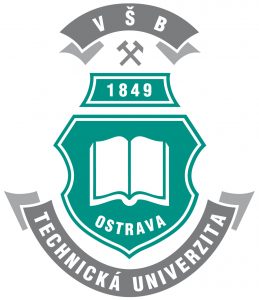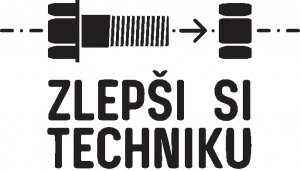Heat storage in the ground
 Projects
Projects
In the winter, we usually heat more than in the summer and consume large amounts of energy. In the summer, on the contrary, our energy consumption is not very high and its surplus is formed.
For several years, the VŠB – Technical University of Ostrava has been successfully testing the possibilities of heat storage underground. They focus on the so called seasonal storage reservoirs, allowing to keep excess heat gained in the summer until winter, when it is, on the contrary, deficient and can be used retrospectively. They are still improving seasonal reservoirs, which allow to keep heat even for 6 months. Utilization of underground reservoirs is extremely broad, waste heat is generated in houses, as well as, for example, in heavy industry.
Few people know that in the university campus, some buildings are heated with heat pumps. A major research polygon is located near the New Auditorium, where the heat is taken from the rock environment using 110 wells dug to a depth of 140 m. The polygon consists of a selected group of 10 operating wells and a group of 7 monitoring wells. All wells reach a depth of 140 m.
A small research polygon can be found in the university campus near the building of the Energy Research Center. It consists of two operating wells and a group of 8 monitoring wells that are also drilled to a depth of 140 m. Another so called “mini” polygon comprising one operation – monitoring borehole is located within the premises of the Faculty of Civil Engineering. The whole system of wells, short water tanks, solar collectors, heat pumps and heat exchangers makes it possible to store waste heat underground. During the provisional testing, the heat stored underground in the summer will be used for heating certain buildings within the premises in the winter. They have a unique opportunity to measure the effectiveness of the heat store underground from different sources in real-world operation of the building. At the same time, their whole system enables to track donations and heat accumulation in small, medium and large buildings. In cooperation with the workers of Green Gas DPB a. s. Paskov, they also participate in research in the polygon within the campus where surplus heat from the cogeneration unit is accumulated underground. Within the Czech Republic, it is a unique comprehensive research on heat accumulation from various sources.
The Faculty of Mining and Geology, VŠB – Technical University of Ostrava




